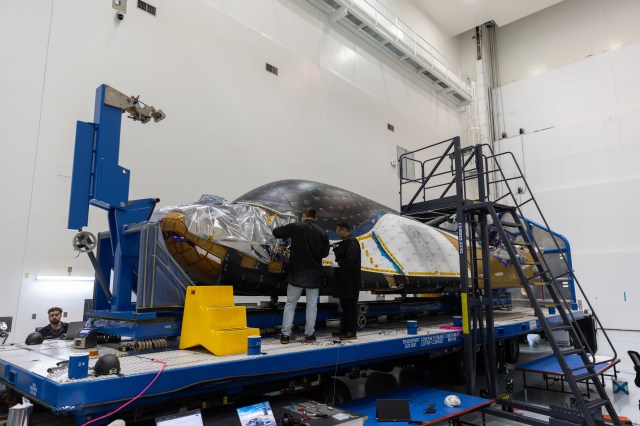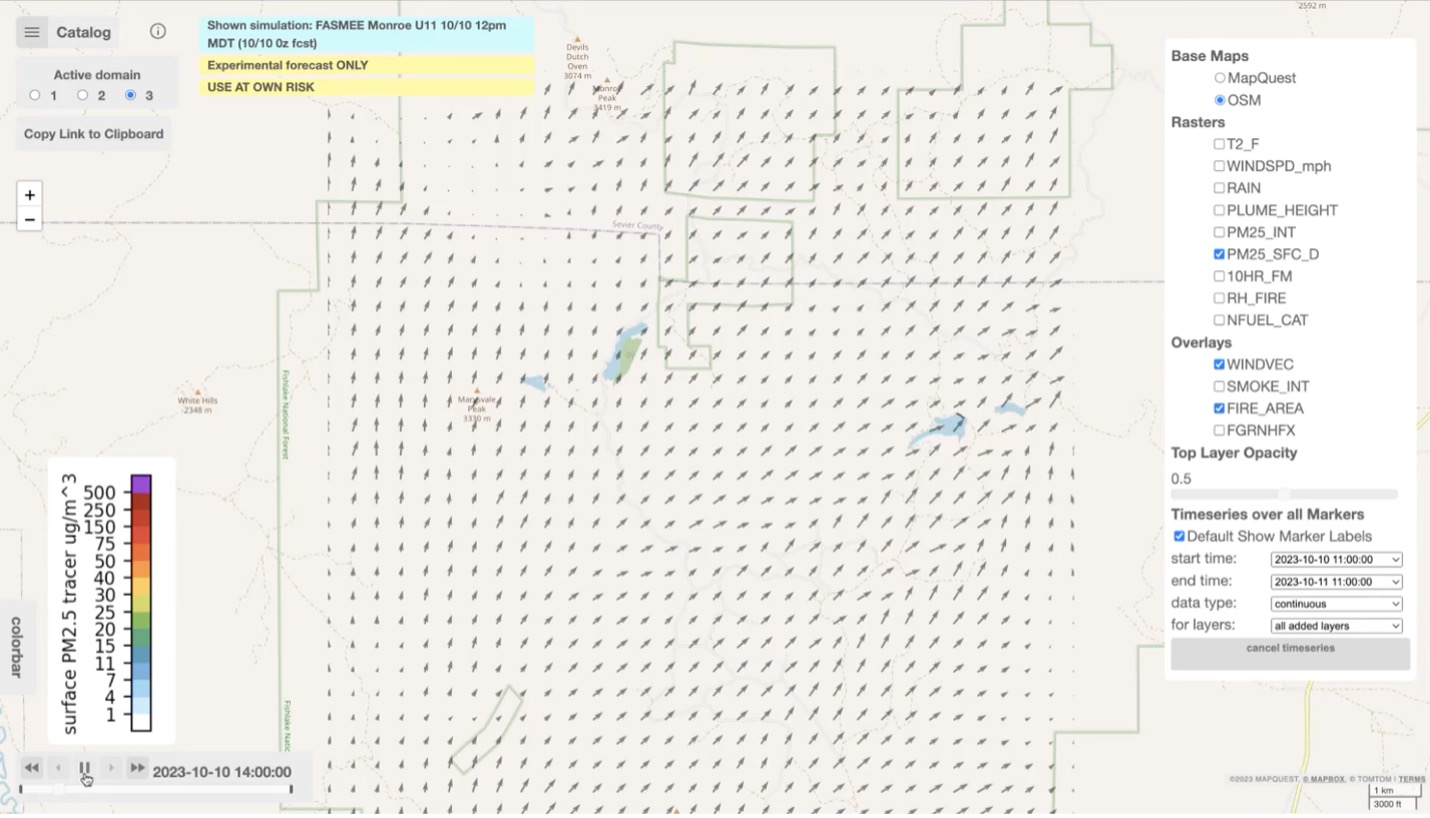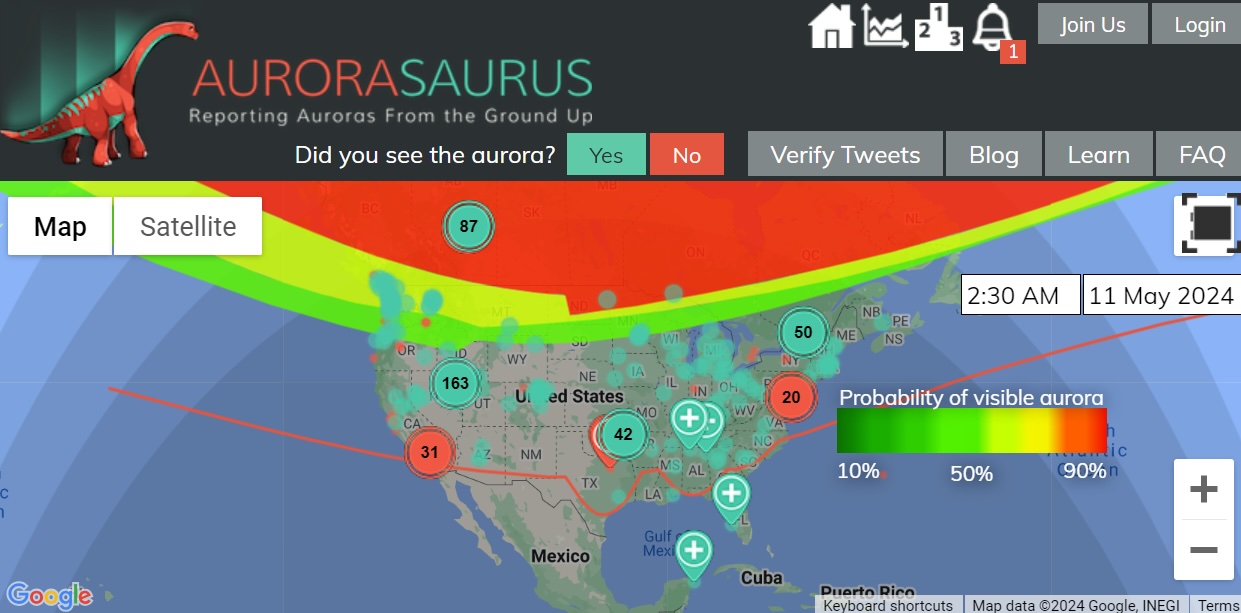Alan Weimer
University of Colorado, Boulder
Tungsten (W) is key for innovative integrative thermal management systems that are capable of operating at extreme temperatures. Some disruptive NASA high-temperature applications include W as a matrix material for nuclear thermal propulsion (NTP) fuel elements, as a shielding material for solar probes, and as a containment material for advanced heat-pipe cooled wing leading-edge designs. Because W-based materials are refractory materials, melting and casting of these materials is extremely difficult. The project objective aims to demonstrate an advanced additive manufacturing (AM) method to improve the properties of high temperature tungsten (W) and W-alloys as high-temperature materials. Targeted properties of interest are to improve the grain structure while minimizing the porosity and micro-cracking of fabricated components. This will be achieved by robocasting (direct ink writing) of colloidal gels containing W and W-alloys to fabricate “green bodies” in cylindrical and “dog bone” shapes that will then be densified by flash sintering. Atomic layer deposition (Particle ALD) will be used to add dopants and sintering aids, and then the coated powders will be processed into colloidal gels for robocasting. The result from this work is anticipated to be transformational if it is demonstrated that near full density of W and W-alloys can be achieved with minimal grain growth using flash sintering of robocasted “green” parts fabricated using Particle ALD doped W particles.




























